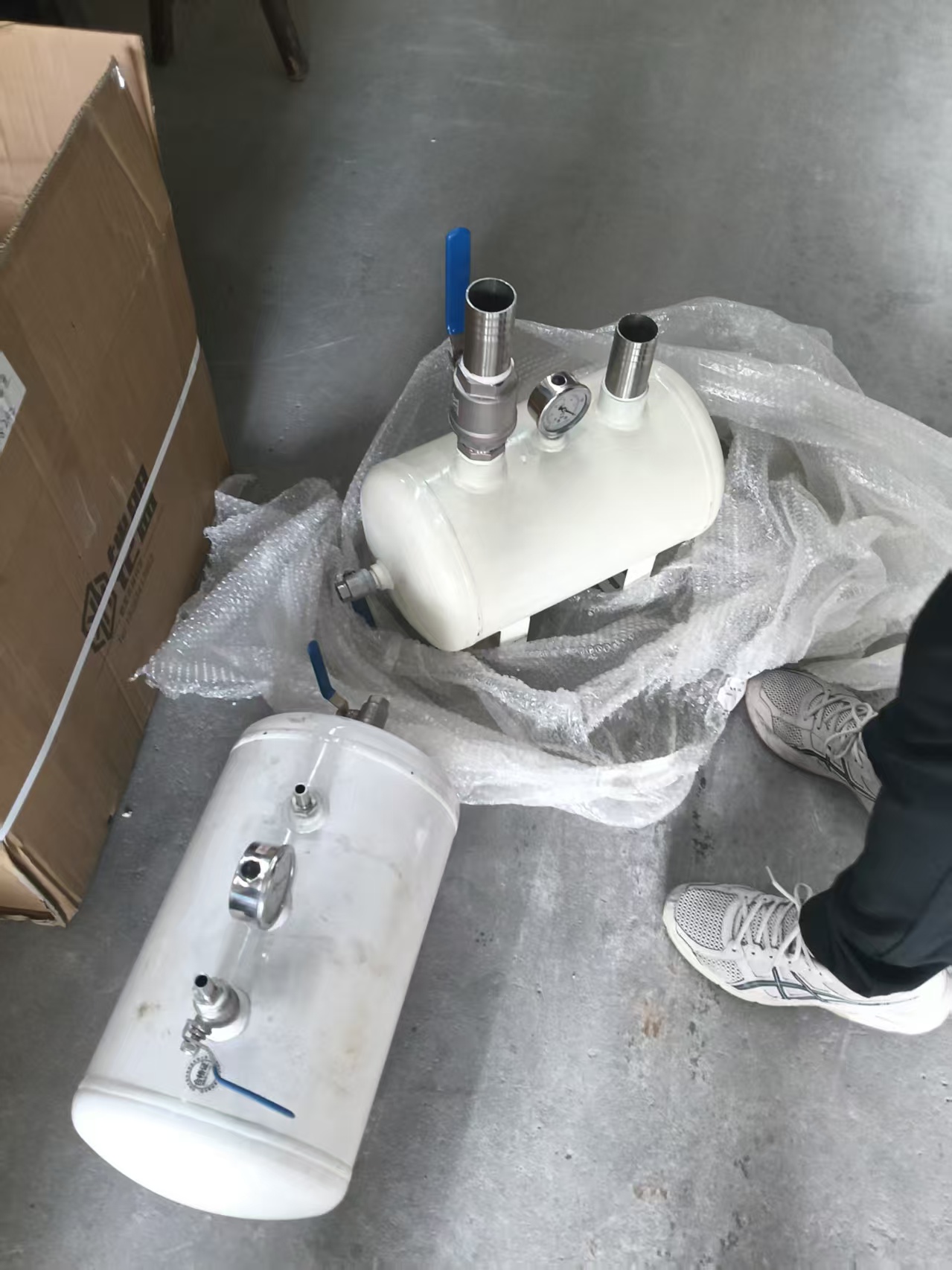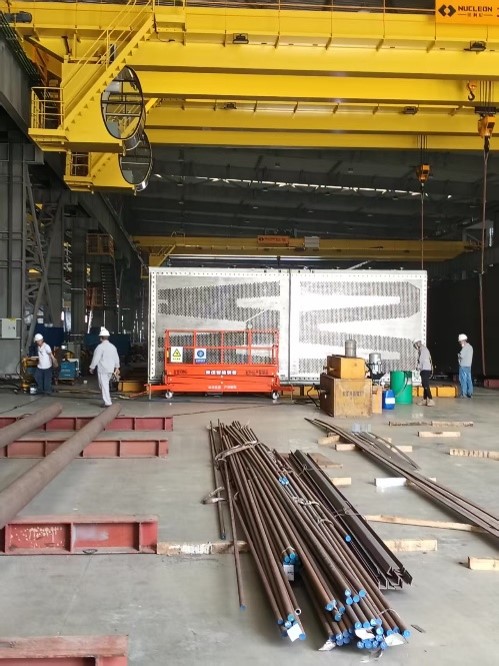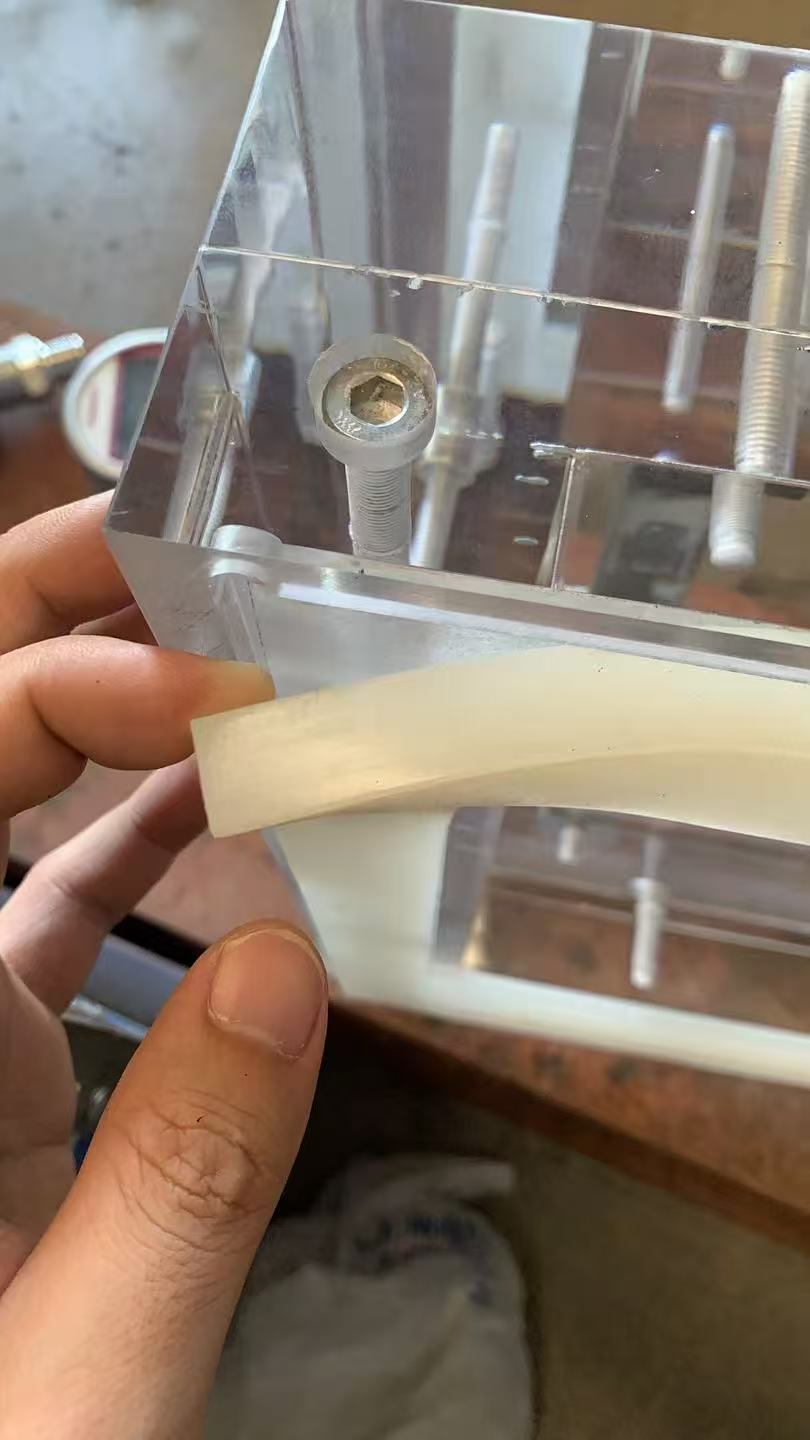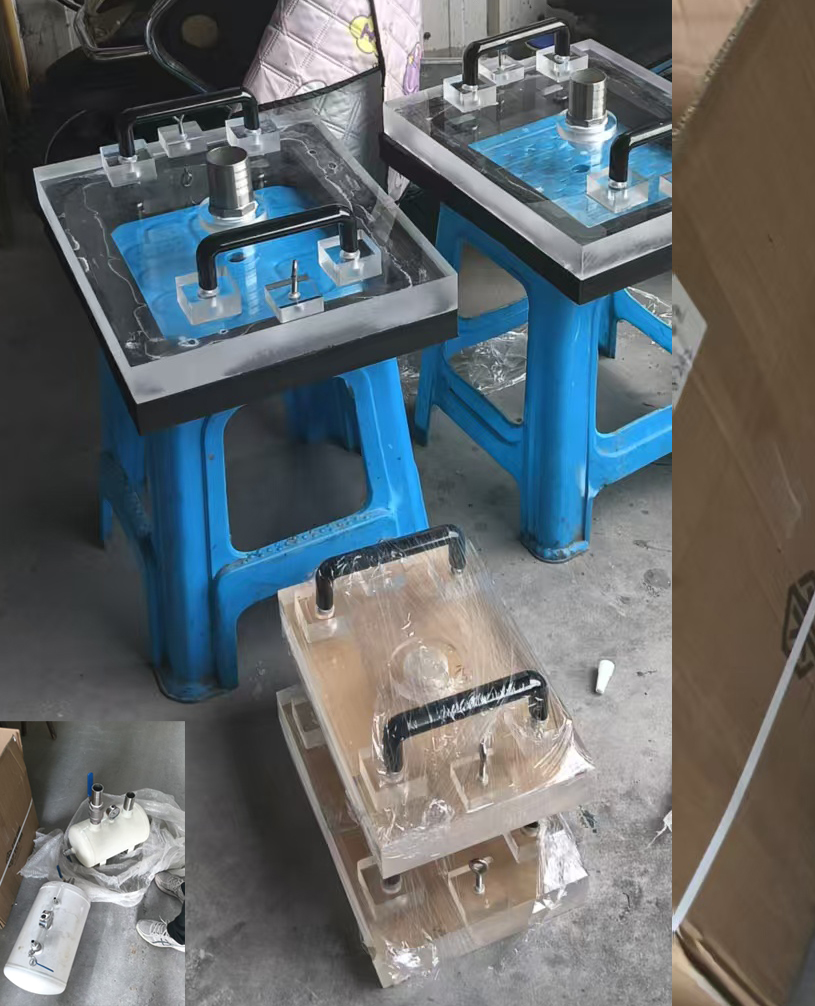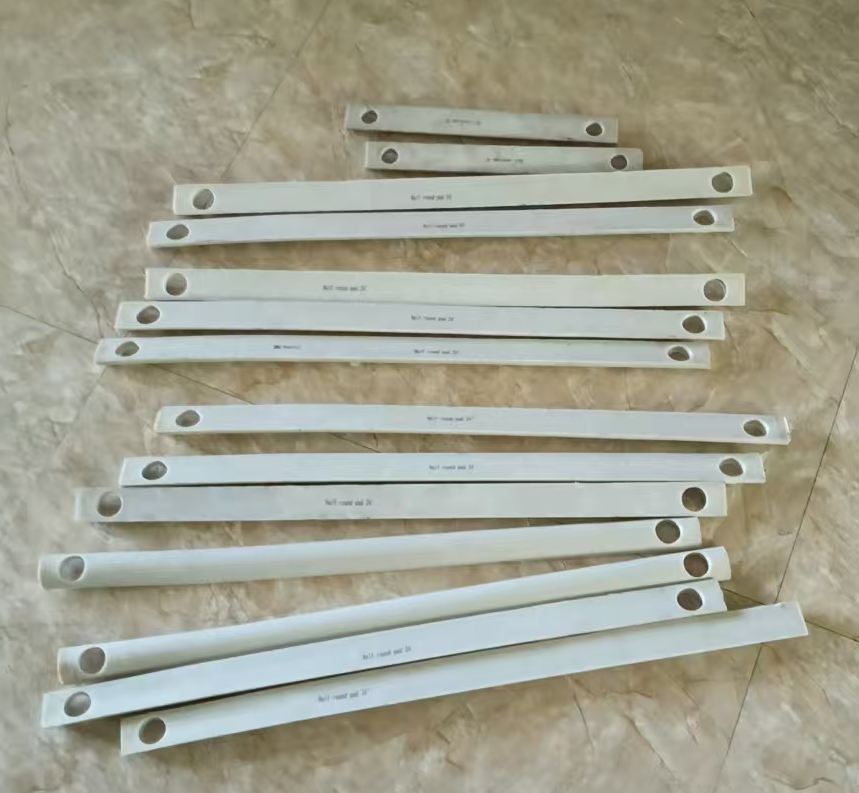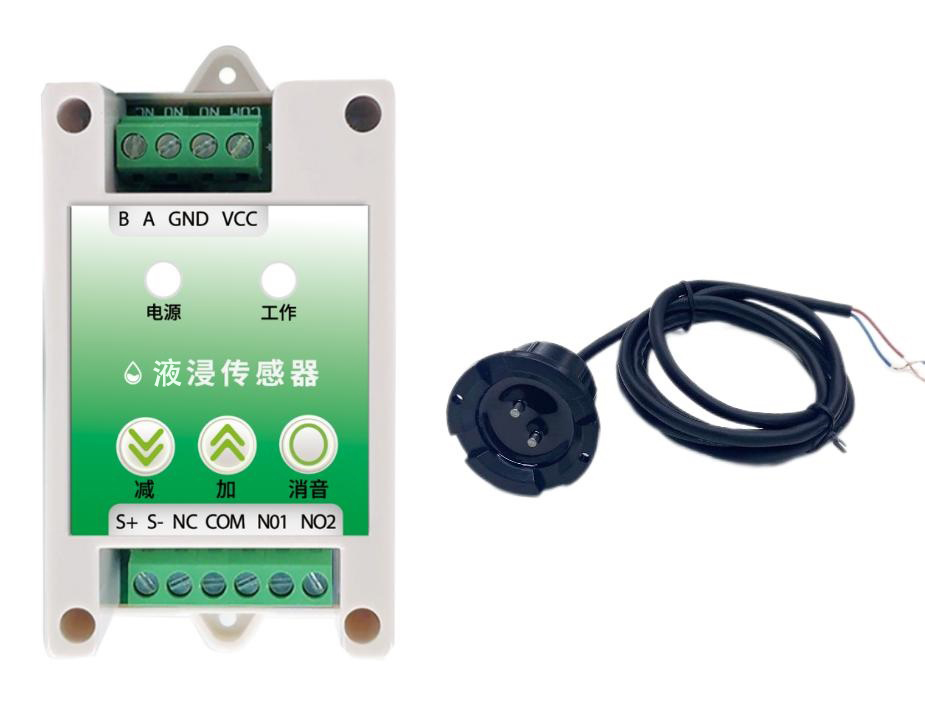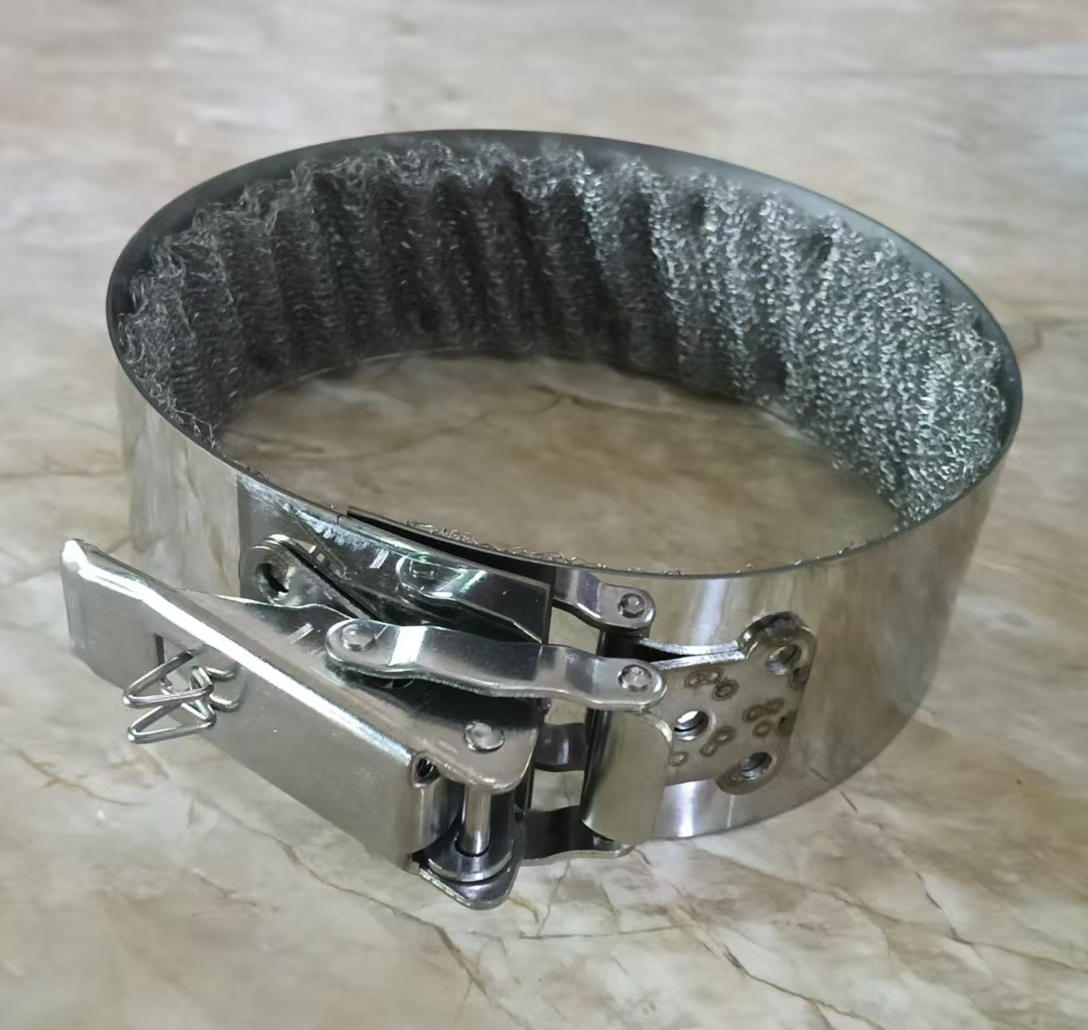https://www.youtube.com/watch?v=tKpWPseRamA
a system used for welding, testing, and inspecting the integrity of tubing in vessels and heat exchangers, specifically for detecting gas leaks. Below is a summary of the key components involved in such a system:
Components of the Gas Leak Testing System:
-
Safety and Shut-Off Valves:
- These are crucial safety features used to control and stop the flow of gas or fluid in the system. Shut-off valves are installed in critical positions to prevent accidents or leaks in case of malfunction or emergency.
-
Connecting Hose:
- A hose used to connect the testing system to the vessel or heat exchanger tubing being tested. It ensures that the pressurized gas or vacuum can be properly introduced into the system.
-
Stopwatch:
- Used for time tracking during the leak testing procedure. The time may be used to measure the duration of the pressurization or vacuum process, or to monitor how long it takes for any pressure drop, which could indicate a leak.
-
Pressure Gauge:
- A device used to measure the pressure inside the vessel or tubing during the test. This helps in detecting any changes in pressure that could suggest a gas leak.
-
Vacuum Pump:
- Used to create a vacuum inside the system to test for leaks. The pump is essential for evacuating the air from the system, allowing it to be pressurized with a test gas (often nitrogen or helium) to check for leaks.
Gas Leak Testing Process:
-
Preparation:
- Ensure all safety protocols are in place, and the system is properly set up with the necessary valves, hoses, and equipment.
-
Pressure or Vacuum Testing:
- Introduce a test gas or create a vacuum inside the system, using the pressure gauge and vacuum pump to monitor the changes.
-
Monitoring for Leaks:
- Observe the pressure over time using the stopwatch. A drop in pressure could indicate the presence of a leak in the system.
-
Final Safety Check:
- After testing, ensure all systems are safely shut off, and no hazardous pressure or gas remains in the system.
This method ensures the structural integrity of heat exchangers, vessels, and tubing by identifying any leaks before they become a problem during operation.

